
The deadlift, a cornerstone exercise in strength training, is typically divided into two primary variations: the conventional and sumo deadlifts. Each style has its unique set of benefits and drawbacks, and understanding these can help you decide which is more suited to your lifting goals and biomechanics.
Conventional Deadlift:
The conventional deadlift is the more traditional and widely practiced form of the exercise. Here is a quick breakdown of its advantages and disadvantages:
Advantages:
1. Enhanced focus on the posterior chain: The conventional deadlift significantly engages the lower back, glutes, and hamstrings, making it an exceptional exercise for building strength and power in these areas.
2. Greater applicability to other movements: The mechanics of the conventional deadlift closely resemble the action of lifting objects from the ground, making it highly relevant to everyday situations. It also translates well to other exercises, such as cleans and snatches.
3. Improved range of motion: The broader grip and closer stance in the conventional deadlift necessitate a greater range of motion, which can lead to enhanced flexibility and mobility over time.
Disadvantages:
1. Increased risk of lower back injury: The conventional deadlift puts a significant load on the lower back, which can heighten the risk of injury if not performed with correct form. It demands a robust core and lower back for safe execution.
2. Restricted leg drive: The closer stance in the conventional deadlift limits the engagement of the quadriceps, resulting in less leg drive compared to the sumo deadlift. This can be a drawback for individuals with weaker posterior chains or those aiming to target their quads more.
Sumo Deadlift:
The sumo deadlift is distinguished by a broader stance and a more upright torso position. Let's delve into its advantages and disadvantages:
Advantages:
1. Lower stress on the lower back: The sumo deadlift allows for a more upright torso position, which lessens the strain on the lower back compared to the conventional deadlift. This makes it an appropriate choice for individuals with lower back problems or those who find it challenging to maintain a neutral spine.
2. Enhanced leg drive: The broader stance in the sumo deadlift allows for greater engagement of the quadriceps, resulting in increased leg drive and potentially higher lifting weights for individuals with strong quads.
3. Decreased range of motion: The broader stance in the sumo deadlift reduces the distance the bar needs to travel, making it beneficial for individuals with limited mobility or those who find the initial pull off the ground challenging.
Disadvantages:
1. Diminished focus on the posterior chain: While the sumo deadlift still engages the posterior chain, it places less emphasis on the lower back, glutes, and hamstrings compared to the conventional deadlift. This can be a drawback for individuals aiming to specifically target these muscle groups.
2. Limited applicability: The mechanics of the sumo deadlift differ significantly from everyday movements like lifting objects, making it less relevant to real-life situations. It also translates less effectively to other exercises like cleans and snatches.
In conclusion, the choice between conventional and sumo deadlifts hinges on a number of key factors such as sport/lifting goals, biomechanics, and honestly just good old personal preference. If you're aiming for comprehensive posterior chain development and don't have lower back issues, the conventional deadlift may be more suitable. Conversely, if you have lower back concerns or want to emphasize more on leg drive, the sumo deadlift might be a better fit. Trying out both styles, testing to see which feels more comfortable and also has the most sports specific carry over can significantly help you determine which deadlift variation is most effective for you.









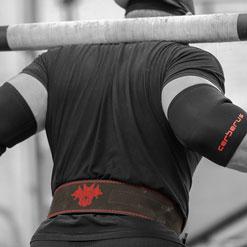



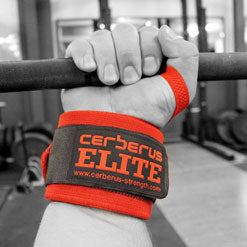
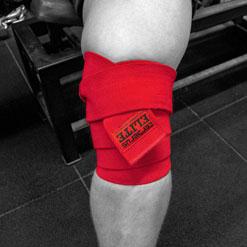
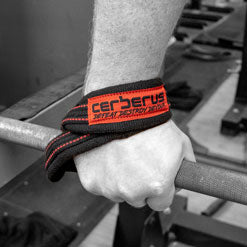
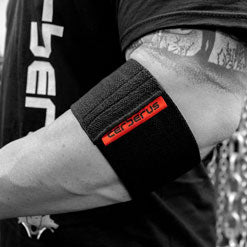

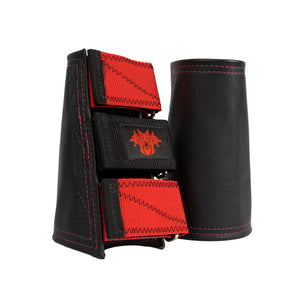


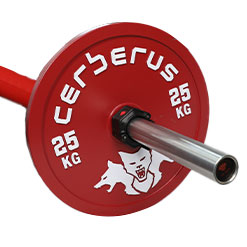





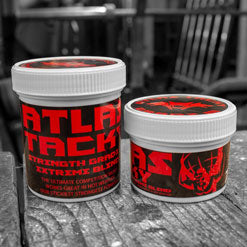

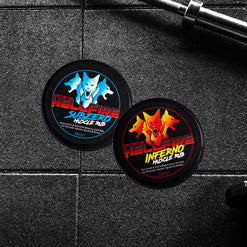

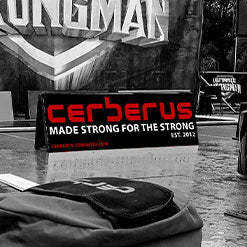



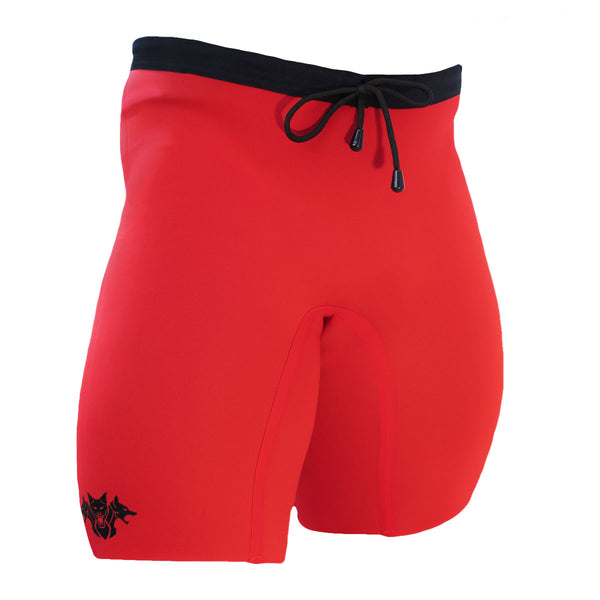


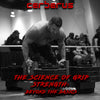



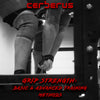
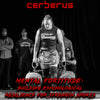


Thanks for the comparative analysis